As the old saying goes; abs are made in the kitchen. Exercise by itself is rarely ever enough to keep you healthy and lean on it’s own. Every good exercise routine should always be accompanied by an equally well thought-out nutrition plan to get the most out of your effort.
But, how can you keep your body going strong when you have no idea what you’re putting into it? While many countries in the world have strict food labeling laws, with detailed descriptions, this concept is not as clear-cut in Japan. Many products are unlabeled, and even when they are it can be daunting to tackle all of the Japanese they have on them, especially for foreigners.
When I first came to Japan this is something that I struggled with, so here is the quick outline of how to understand Japanese labels that I wish I had spelled out for me when I first arrived.
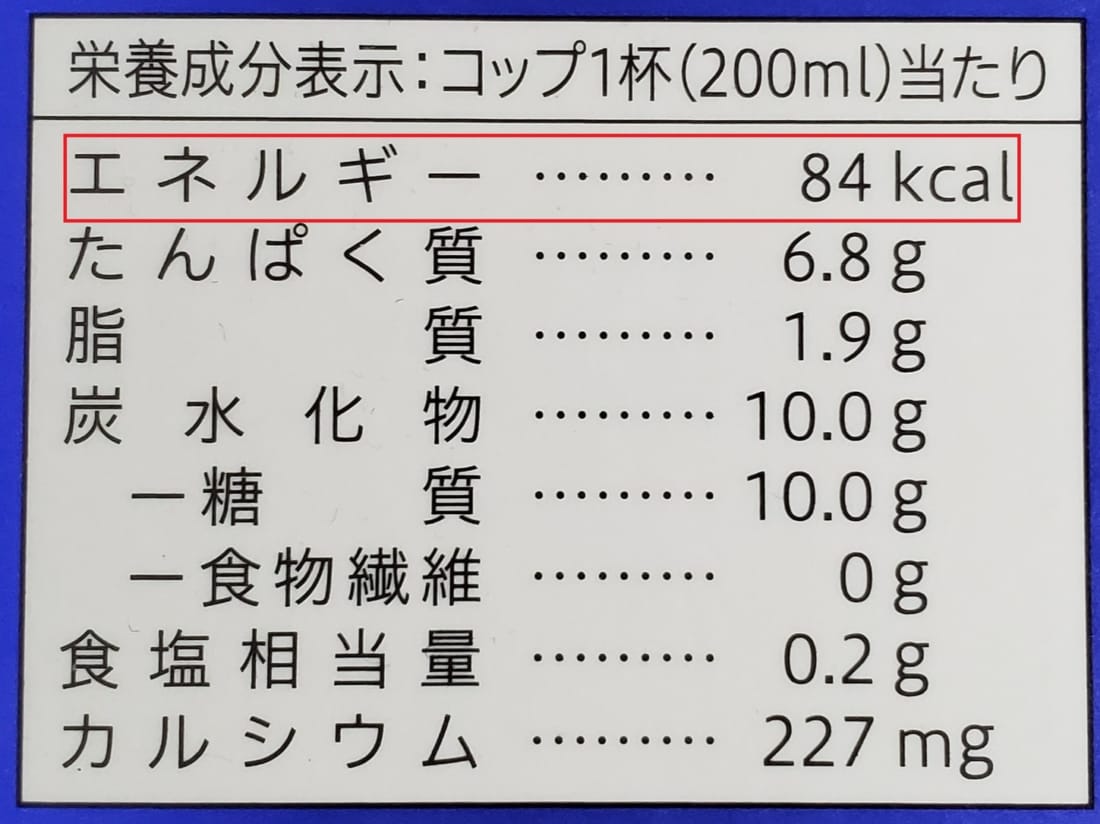
Calories
Calories (エネルギー)
One of the first things that people look for on a label is the calorie content of that food. Japan uses the same system as the rest of the world, kcals, which is often represented as Calories, with a capital C, in the US. Weight loss and gain at the most basic level is a matter of calories into and calories out of the body. It’s important to have a general idea of how many are going in so you can adjust to meet your goals.
That said, a ton of variables go into calorie numbers so any given label, no matter where you go, will have a range of inaccuracies. From the flaws of figuring out the calories in something to discrepancies from package to package. Calories are essentially an educated guess, and while they are useful, I recommend not focusing too much on the exact number to the decimal. You’ll find this under エネルギー on labels.
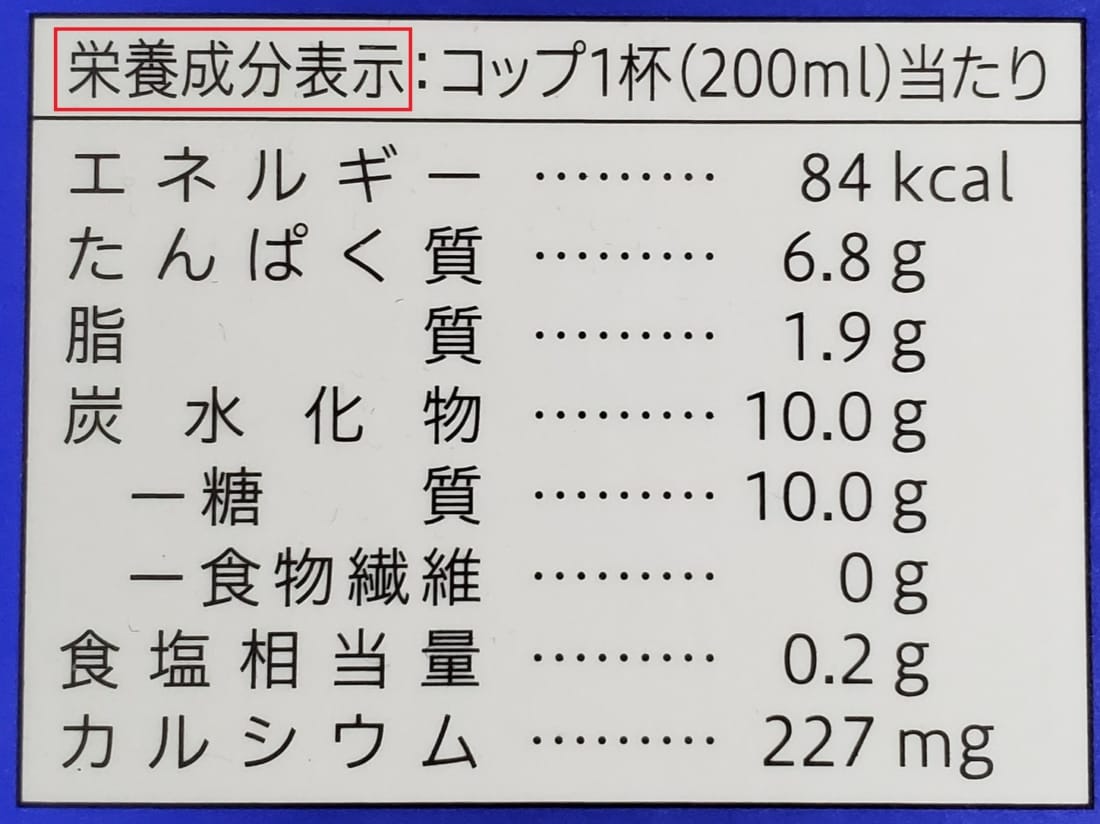
Nutrients
Nutrients (栄養成分表)
Counting macronutrients is a bothersome practice and one I do not recommend to anyone but the most fanatical of exercisers looking to push to a new level of fitness. That said, there is still value in having a general idea of what goes into your body, even if it’s just keeping an eye on the numbers to get a rough idea. You’ll find the macro-nutrient breakdown on the label as たんぱく質 for protein, 脂質 for fat, and 炭水化物 for carbohydrates.
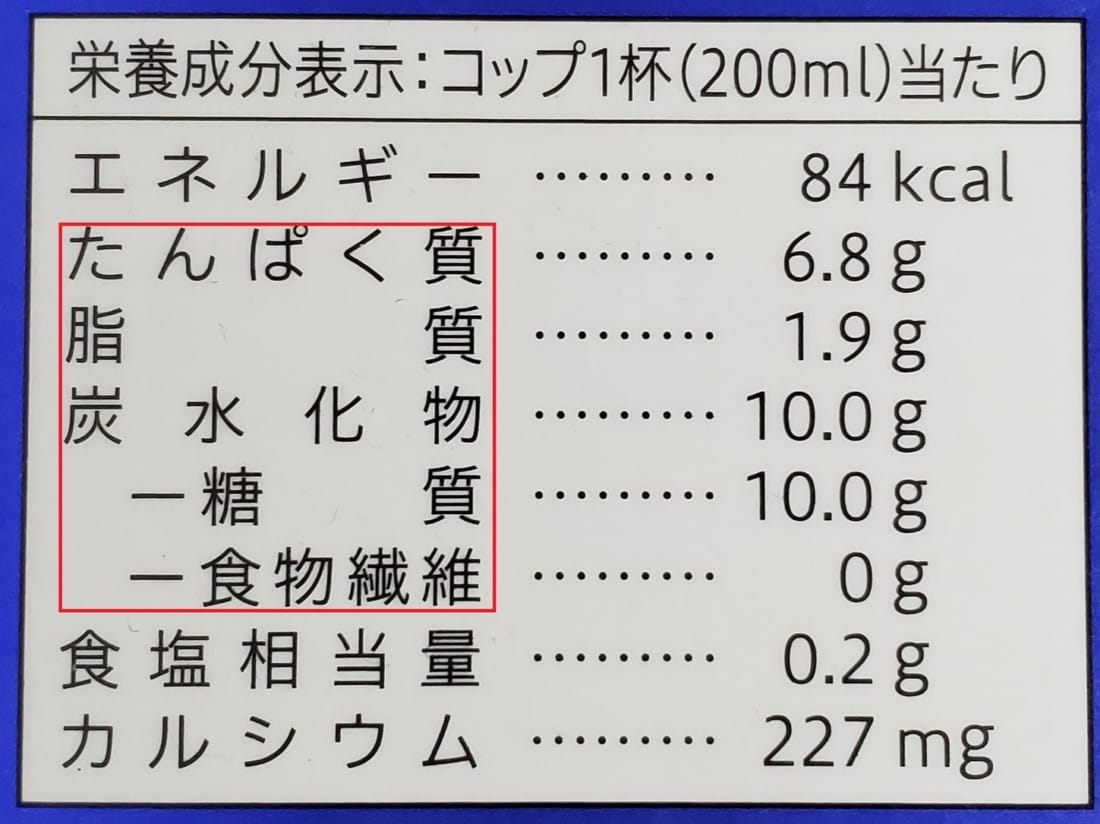
Macronutrients
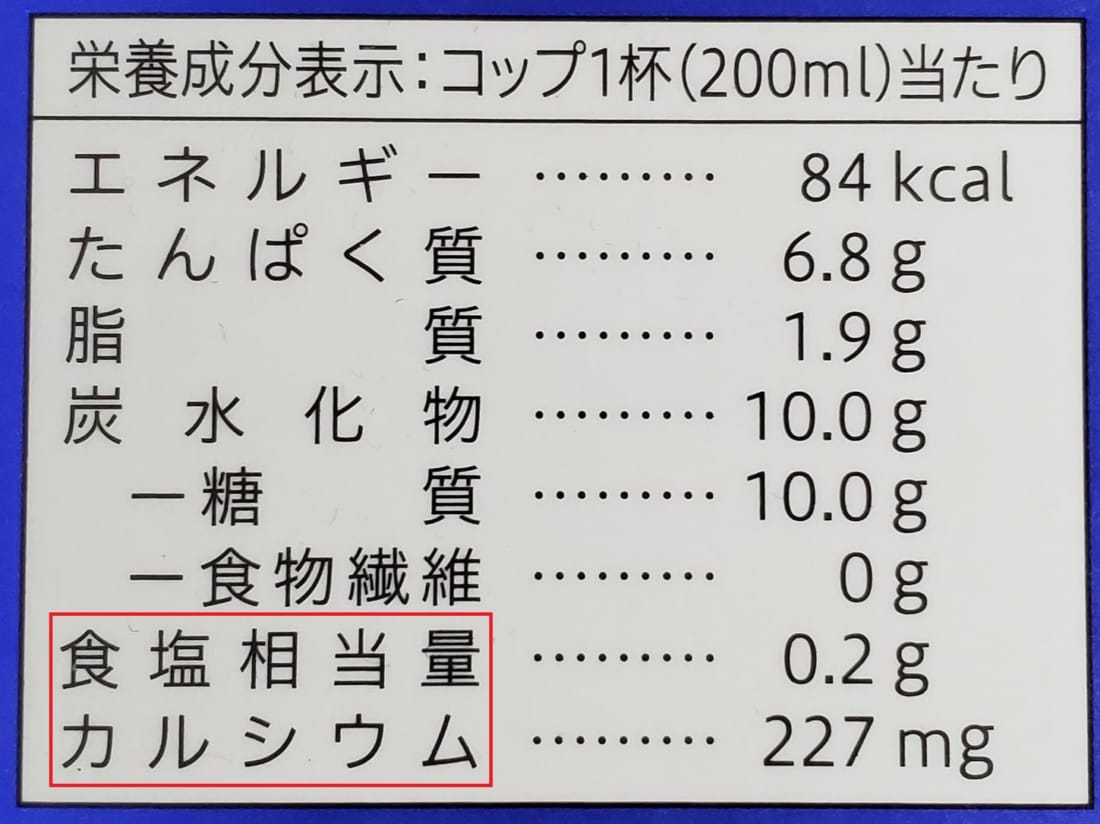
Micronutrients
Micronutrients are usually expressed using English letters, numbers and katakana so should be pretty easy to understand. The main difference is that many labels, especially in the US, measure in percent of daily recommended values, whereas Japan does it in straight milligrams. Generally with micronutrients the more there are the better. However, people with higher blood pressure might want to especially focus on salt or 食塩相当量.
Ingredients (原材料)
It’s important to know specific ingredients that can cause reactions from allergies and intolerances, as well as foods you are avoiding for personal choices. You would be surprised how much gluten, nuts and meats end up in places you wouldn’t expect. For the sake of brevity I’ll leave it to common foods people avoid. 小麦 is wheat, 落花生 is nuts, 牛乳 is dairy and shellfish, which use the specific animal’s name.
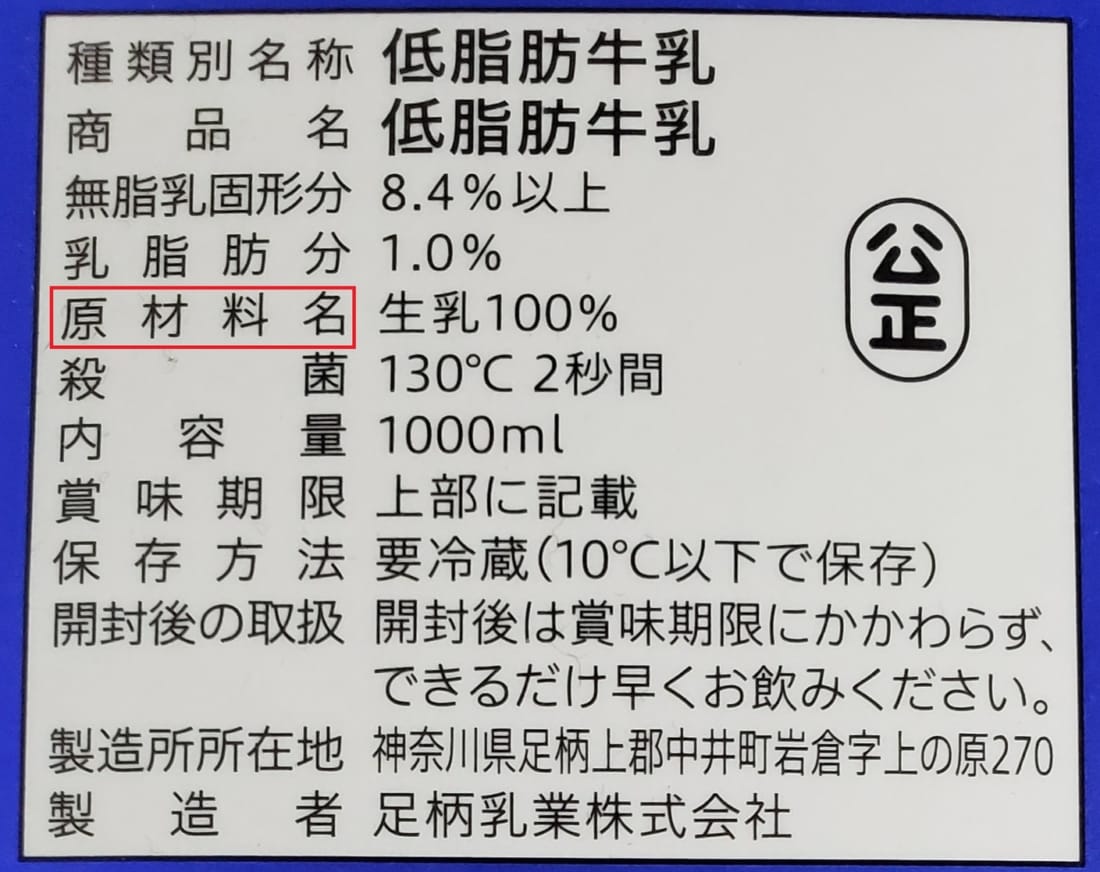
Ingredients
For those that aren’t avoiding specific foods but are just health conscious, the number of ingredients is the most valuable information. A product made with 2–3 whole foods is always going to be better for you than one with 50 chemicals. I recommend just finding the ingredient section and noting how many words are listed there whether you understand them all or not. These are both typically located in separates boxes near the nutrients section, and allergens will be in bold.

Allergy warning
Sell by dates (賞味期限)
No matter where you are, sell-by-dates and expiration dates are typically just ballpark figures. While I don’t recommend waiting too long to eat something you’ve purchased, an understanding of what spoiling food looks and smells like is a must. In my experience Japan tends to use more sell-by-dates, and when they use expiration dates they set them quite early. Basically, always judge on the side of caution.
Feature photo: Prateep oun / Shutterstock.com









